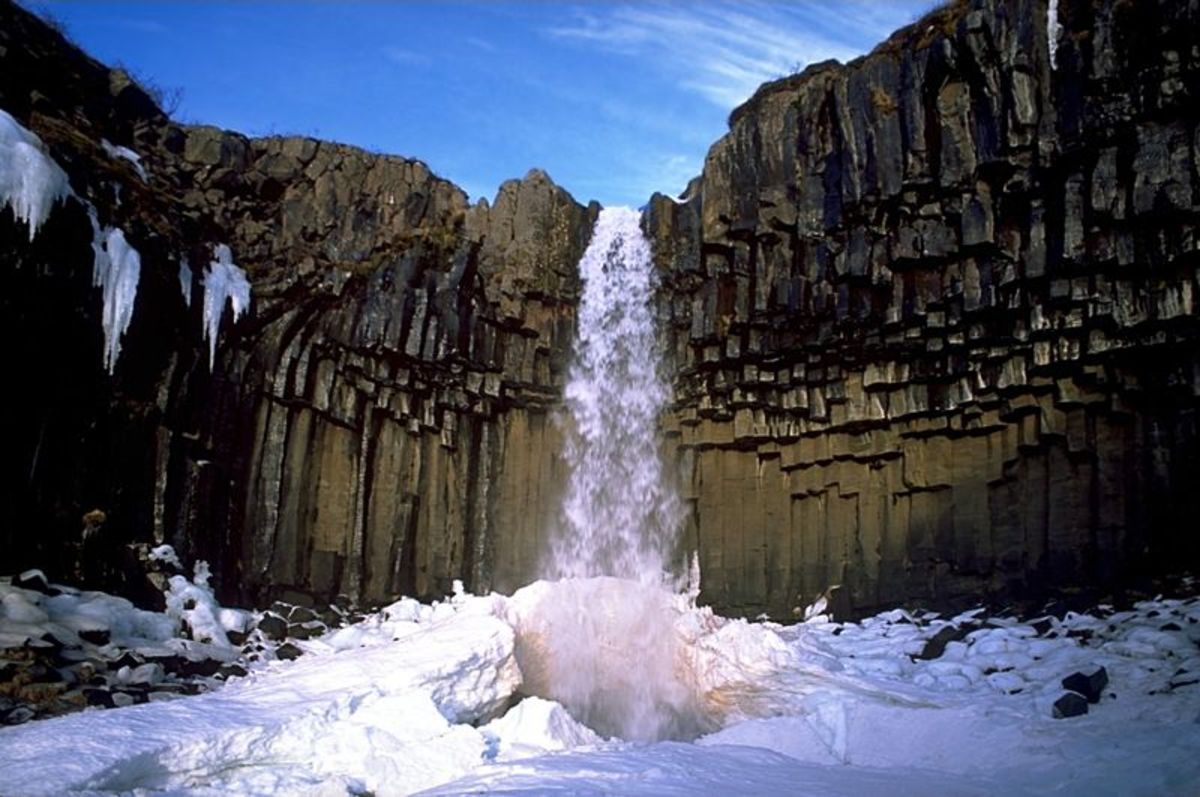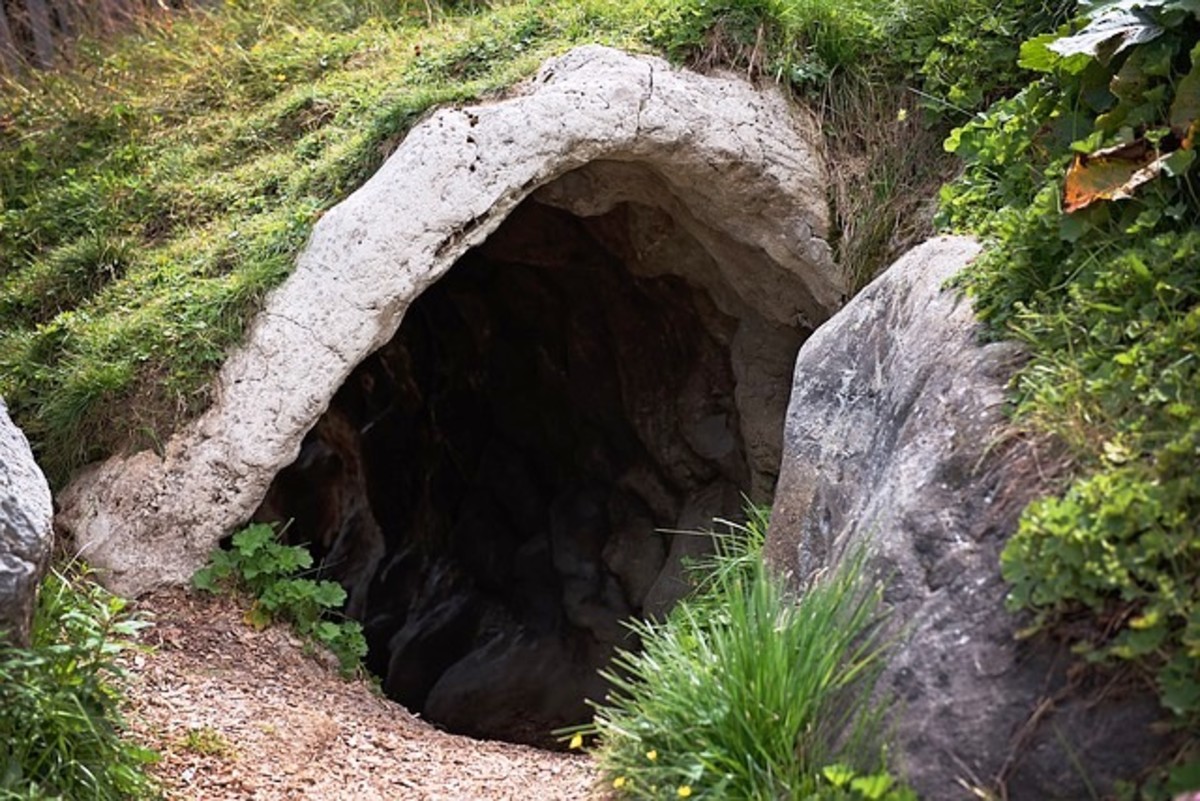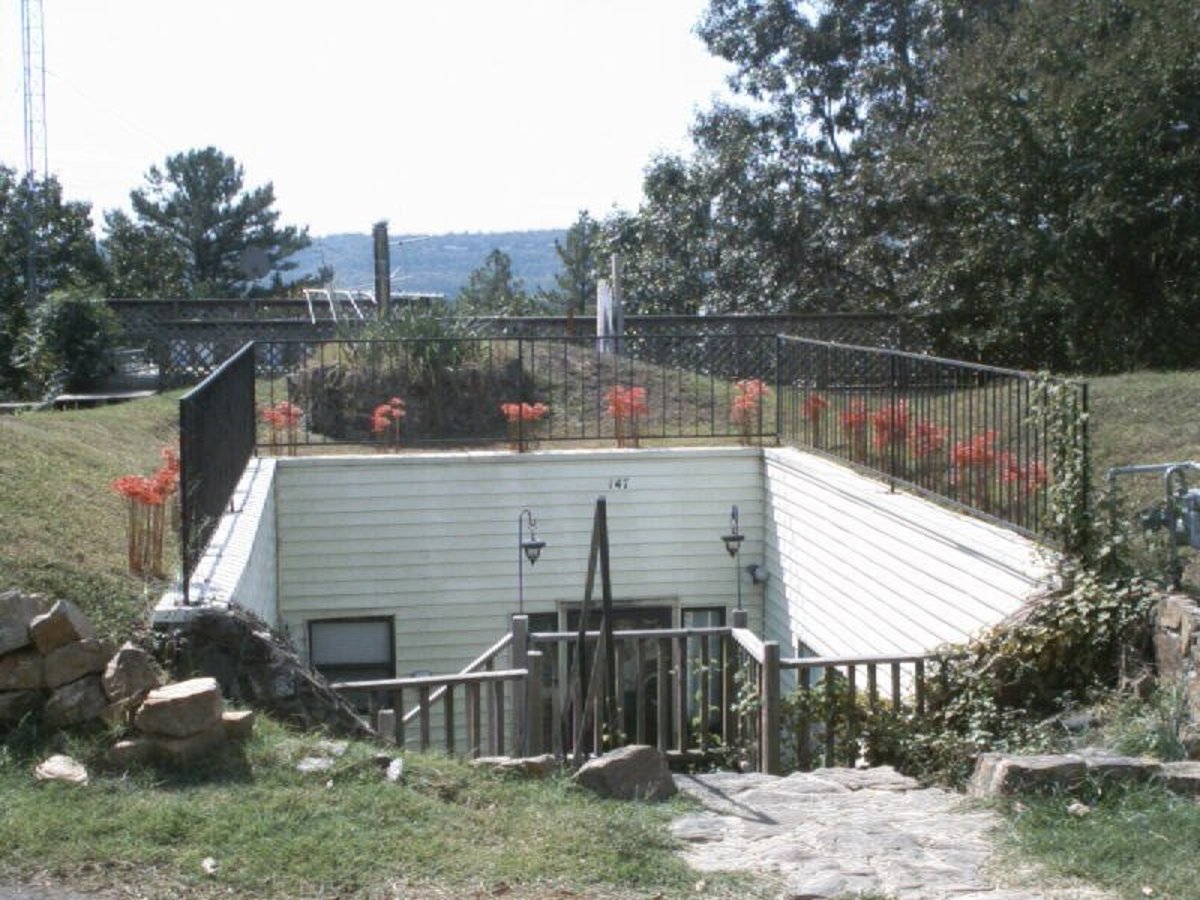Nature's Masterpiece: The World's Beautiful Stalactite Formations
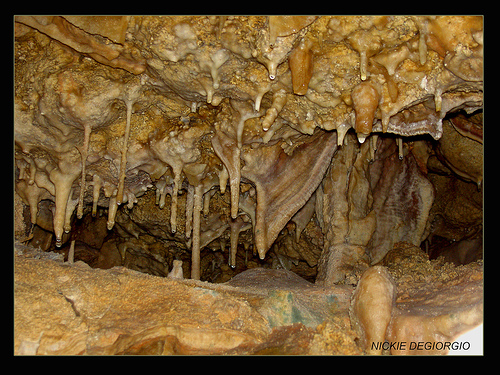
Answers.com describes stalactites as an icicle-shaped mineral deposit, usually calcite or aragonite, hanging from the roof of a cavern, formed from the dripping of mineral-rich water. It comes from the Latin word stalactites and from the Greek word stalaktos which means dripping.
An article in Wikipedia differentiated stalactites from stalagmites with the following properties:
1. Stalactite means formations from the "ceiling" while stalagmites are formations on the "ground".
2. It explains that the T in StalacTite resembles one hanging from the ceiling, while the M in StalagMite resembles a formation rising from the floor.
3. Stalactite is stretched "tite" (tight) by hanging from the ceiling. Stalagmite pushes up with all its "mite" (might) from the floor.
4. StalacTites grow from the top.
5. Stalactites hang on tight to the ceiling while Stalagmites stand mighty.
6. Stalactites are usually composed of calcium carbonate.
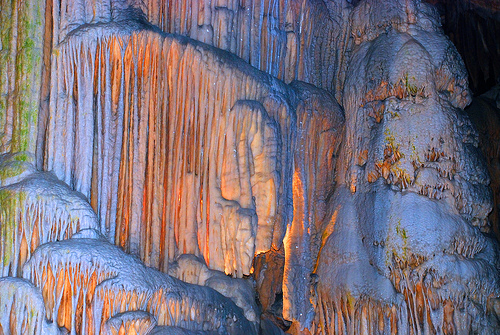
A magnificent colorful stalactite formation.
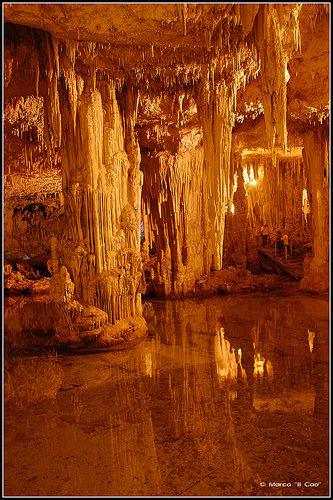
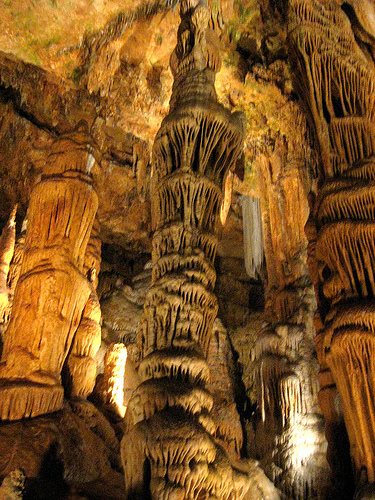
One of nature's masterpieces can be found at Luray Carvern, Virginia.
Neptune's Cave is a stalactite grotto near the town of Alghero on the island of Sardinia. The cave was discovered by local fishermen in the 18th century .The grotto gets its name from the Roman god of the sea, Neptune. The entrance to the grotto lies only around a meter above the sea level at the foot of the 110-meter-high Capo Caccia cliffs and the cave can therefore only be visited when the waters below are calm. A stairway cut into the cliff in 1954, (goat's steps), leads from a car park at the top of the cliff down to the entrance. The grotto is also accessible via a short boat trip from the port of Alghero; these trips are arranged every hour during the summer, but less frequently during spring and autumn. The combined length of the cave system is estimated to be around 4 kilometers, but only a few hundred meters are accessible to the public. Inside are passages of lit stalactite and stalagmite formations, and a 120-meter-long saltwater lake, which is at sea level. The cave was once a habitat for the Mediterranean Monk Seal, which has become extinct in the area.

